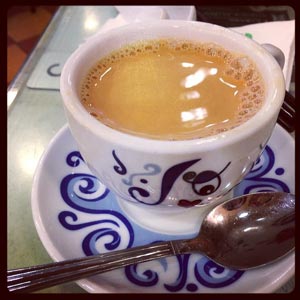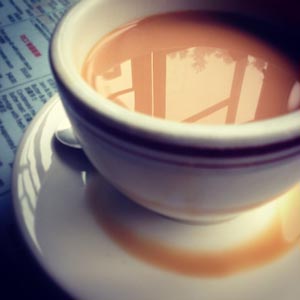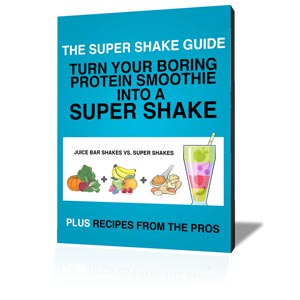While my recent trip to Hong Kong stands as one of my favorite adventures so far, there was one small disappointment. I didn’t find a lot of tea shops. I enjoyed dim sum at Lok Cha Tea House and I bought a few teas at high-end shops like Fook Ming Tong and TWG Teas. But it wasn’t what I was expecting. I wanted to really get to know my tea, straight from the source. I wanted to see different grades and varieties of oolongs and greens. I wanted to be overwhelmed by the choices and get a feel for how tea is selected in the land where tea began. There was nothing wrong with the teas I bought; it just wasn’t the experience of tea buying I had been hoping for.
Tea has become another passion in my life. Not second to fitness but a companion to it.
My tea love affair started many years ago when I used a cup in the morning to help me break my diet Coke habit. As I explored different varieties of tea I came to appreciate its taste and the difference that quality of a tea makes. I have also come to appreciate the other benefits to my overall well being. The simple act of a sitting down with a cup of hot tea makes one slow down and breathe a little easier. There are antioxidants in tea that can help prevent a myriad of chronic illness. Before I turn to meds, I turn to tea for simple things like tummy troubles or sinus issues.
For ease of discussion we can divide tea into to two groups: true teas, those derived from the Camellia sinensis plant (black, green, white, oolong or pu-erh) and herbal teas (tisanes) made from various herbs, flowers, roots and other dried ingredients. Unless otherwise indicated, all of the Camellia sinesis plant derived teas have caffeine. Herbal teas generally do not (yerba mate is an exception to this rule). You have teas in their natural state; flavored by soil, how long or where it was processed or by the scent of flowers (like jasmine or orchid) grown close by. You’ll find teas flavored by adding ingredients like cocoa nibs or ginger. Of course there are artificially flavored teas but, as with food, I recommend going natural when possible.
If you wish to become a tea drinker, my recommendation is to choose whole leaf teas versus cut leaf. Cut leaf is what you will find in most bagged teas. The bagged cut leaf tea is quick and consistent but it will not have the flavor and richness of a whole leaf tea. If you’re used to bagged tea you may feel like you need a lot of sugar and milk. You’ll be in for a surprise with a good quality whole leaf. It will need nothing (or close to it) to enjoy it. (Although I do enjoy some almond milk in my Earl Grey or English Breakfast tea no matter the quality.)
With all these factors plus many more (including various grading systems) the possibilities and varieties can feel endless. Is it any wonder tea can be quite the mystery? I want to help you!
But, if you want to be a tea drinker on a regular basis, you mus first start by gathering your tea brewing supplies.
- Mugs – china or ceramic. Sizes may vary but I recommend smaller versus larger.
- A tea strainer is a must and these too come in many varieties. If you’re doing a lot of sampling in the beginning I recommend a strainer for your mug instead of a tea pot with a strainer. It’s a little messier but worth it to not have to brew a whole pot.
- An electric tea kettle. Different teas perform better in different temperature water. An herbal can boil where a green should only steam.
Now that you have some supplies, it’s time to select some teas. Not sure where to start? Next week I’ll share some of my favorites and how they can be helpful on your fitness journey. In the mean time, what other questions do you have about becoming a tea drinker?




